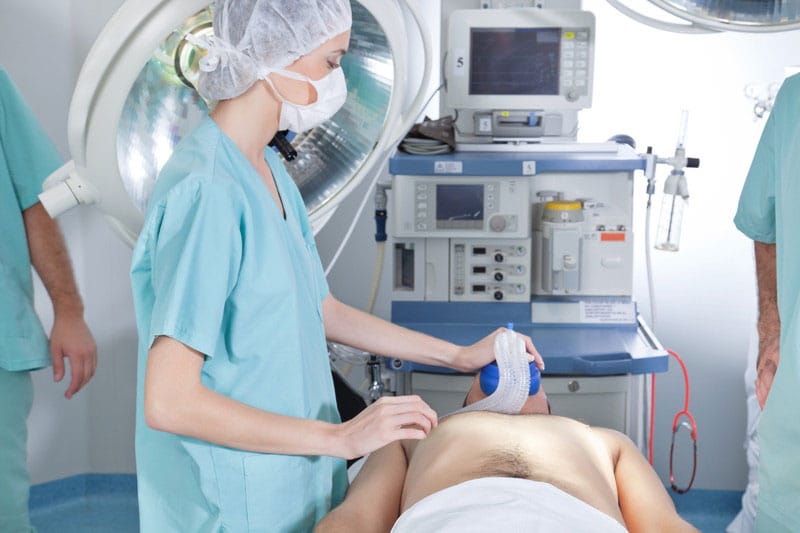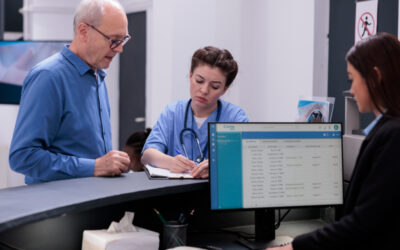Anesthesia coding and billing can be complex and errors can lead anesthesia groups to become a target of the government’s fraud and abuse detection efforts. In fact, many providers have come to realize the importance of partnering with an experienced anesthesiology medical coding company to report their services correctly. Several anesthesia coding updates and changes to reporting guidelines came into effect on January 1, 2019 and outsourcing medical billing and coding is the best way current with these trends.
In 2019, there are no changes to the CPT codes to report anesthesia care. However, anesthesia guidelines have been updated and now include information on unlisted services/procedures. Here are the key changes that anesthesiologists need to take note of:
- Guidelines updated to clarify unlisted procedures: In 2019, CPT’s anesthesia guidelines include information on unlisted services/procedures. The goal is to make the guidelines “more consistent with the guidelines for other sections of CPT relative to this matter” (American Society of Anesthesiologists).
- Changes to neurostimulator coding: There are changes to the CPT codes and instructions associated with the analysis and programming of neurostimulators.
- 2 codes deleted: Codes 64508 – Injection, anesthetic agent; carotid sinus (separate procedure) and 64450 – Application of surface (transcutaneous) neurostimulator, have been deleted. (Parenthetical notes instruct reporting 97014 for supervision of transcutaneous electrical nerve stimulation (TENS) or 97032 for constant attendance for TENS).
- Revision of reporting guidelines for codes 95970, 95971 and 95972: There are specific instructions on code 95970 which is used to report analysis for implanted brain, cranial nerve, spinal cord, peripheral nerve, or sacral nerve neurostimulator pulse generator/transmitter. Codes 95971 or 95972 are used to report programming which involves adjusting the system parameter(s) to address clinical signs and symptoms. The 2019 guidelines clarify that parameters may need to be adjusted multiple times during a single programming session. The codes are reported based on the number of parameters adjusted during a session. Simple programming involves adjustment of 1 to 3 parameters and complex programming refers to adjustment of more than 3 parameters. If a single parameter is adjusted multiple times during a session, this is considered one parameter. Analysis is considered inherent to implementation and should not be reported separately if done during the same session.
- New code descriptors for analysis and programming of spinal or peripheral nerves:
95970: Electronic analysis of implanted neurostimulator pulse generator/transmitter (e.g., contact group[s], interleaving, amplitude, pulse width, frequency [Hz], on/off cycling, burst, magnet mode, dose lockout, patient selectable parameters, responsive neurostimulation, detection algorithms, closed loop parameters, and passive parameters) by physician or other qualified health care professional; with brain, cranial nerve, spinal cord, peripheral nerve, or sacral nerve, neurostimulator pulse generator/transmitter, without programming.
95971: Electronic analysis of implanted neurostimulator pulse generator/transmitter (e.g., contact group[s], interleaving, amplitude, pulse width, frequency [Hz], on/off cycling, burst, magnet mode, dose lockout, patient selectable parameters, responsive neurostimulation, detection algorithms, closed loop parameters, and passive parameters) by physician or other qualified health care professional; with simple spinal cord or peripheral nerve (e.g., sacral nerve) neurostimulator pulse generator/transmitter programming by physician or other qualified health care professional.
95972: Electronic analysis of implanted neurostimulator pulse generator/transmitter (e.g., contact group[s], interleaving, amplitude, pulse width, frequency [Hz], on/off cycling, burst, magnet mode, dose lockout, patient selectable parameters, responsive neurostimulation, detection algorithms, closed loop parameters, and passive parameters) by physician or other qualified health care professional; with complex spinal cord or peripheral nerve (e.g., sacral nerve) neurostimulator pulse generator/transmitter programming by physician or other qualified health care professional.
- New instructions for imaging guidance: Imaging is included in many of the pain procedures that anesthesiologists perform such as interlaminar epidurals (codes 62321, 62323, 62325, 62327), paravertebral blocks (codes 64461 – 64463), transforaminal epidurals (codes 64479-64484),) TAP blocks (codes 64486-64489), paravertebral facet joint injections (codes 64490-64495) and facet joint ablation (codes 64633-64636). Certain codes that pertain to pumps and neurostimulators also include imaging guidance. Since the above-mentioned pain procedures are included in the surgery section of CPT, the following new CPT instruction in the Surgery Guidelines will apply to them: “When imaging guidance or imaging supervision and interpretation is included in a surgical procedure, guidelines for image documentation and report, included in the guidelines for Radiology (Including Nuclear Medicine and Diagnostic Ultrasound), will apply.”
A proper understanding of CPT codes and ICD-10 codes and use of modifiers is essential for accurate anesthesiology medical billing. In 2019, the coding updates and guidelines for cranial and brain neurostimulator services make this task even more challenging. Partnering with an experienced medical billing and coding company can help anesthesiologists avoid auditor scrutiny and report their services correctly for optimal reimbursement.




